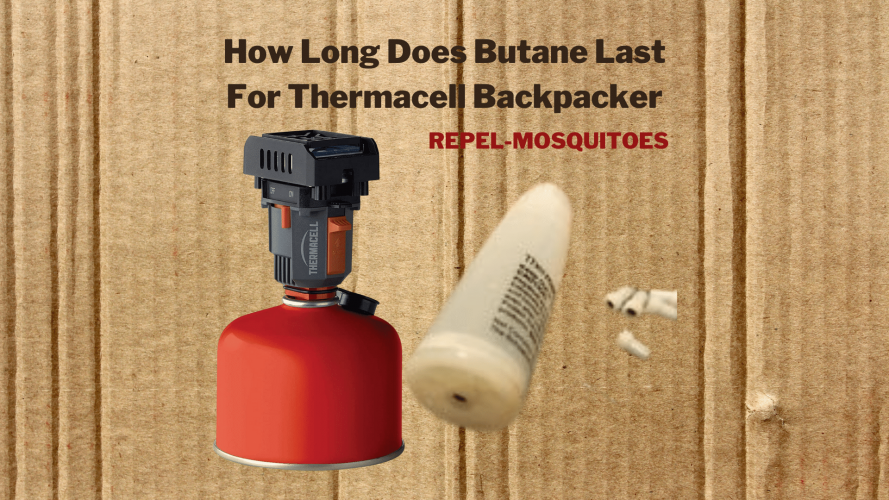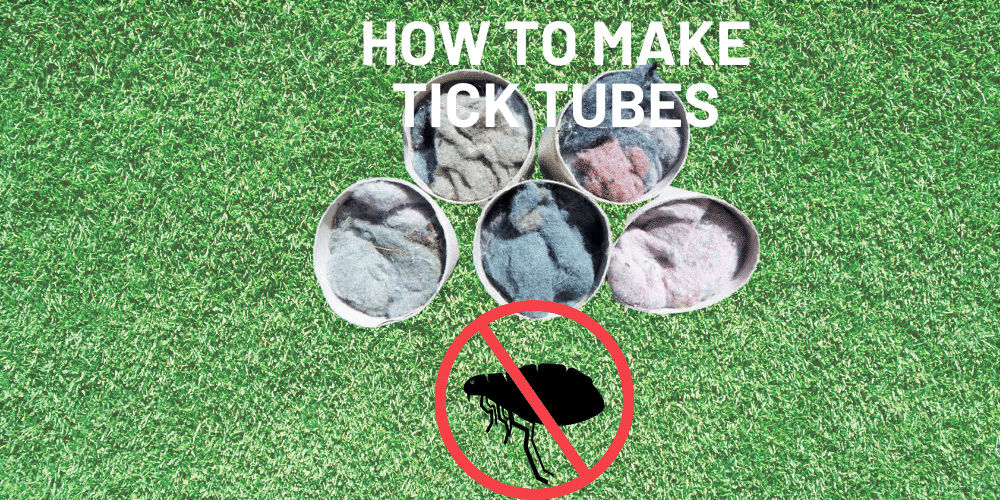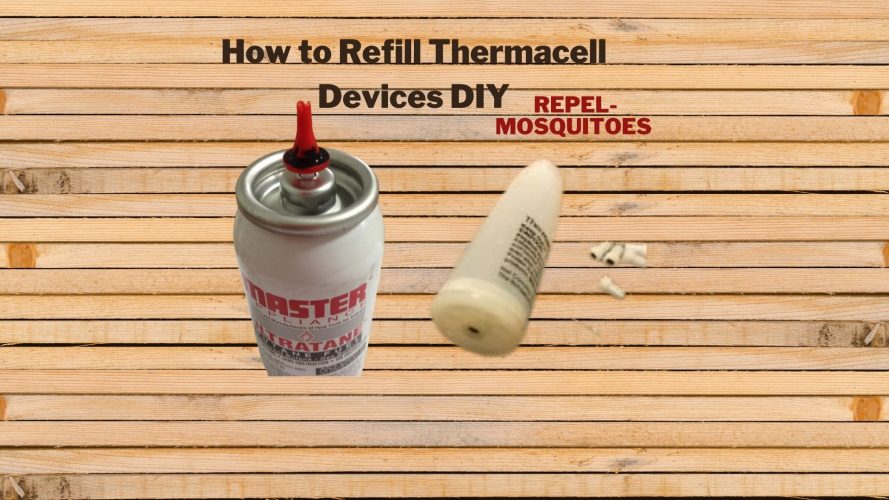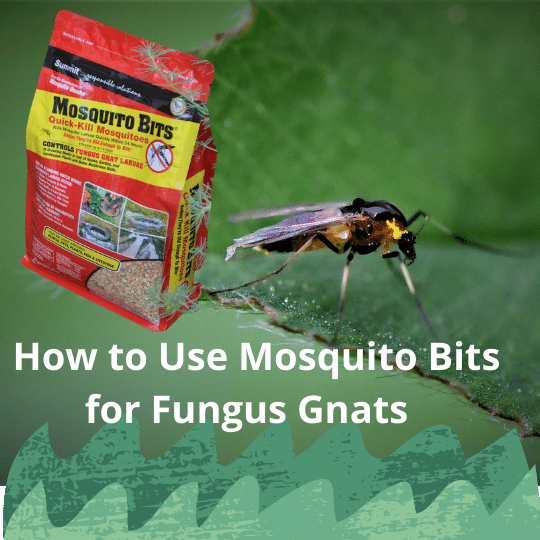Using drones to spray insecticides on mosquito breeding sites can be an efficient and cost-effective way to combat malaria. Human teams must spend a great deal of time traveling to breeding sites and are not always able to reach them with conventional mosquito control methods.
Furthermore, drones are more convenient than traditional aircraft. They can be transported quickly and easily to the right location. This method could contribute to the eradication of malaria by eradicating the disease.
When the First Trial of Drones to Control Mosquitoes
Their first trial run was conducted in Brazil in the spring, and the team is now gearing up for more trials. They are also testing the drone’s efficacy in killing insects. But despite the promise, it’s unclear whether the technique will work in actual field use.
10 Unknown Facts of Drones to Control Mosquitos
The drones drop sterile mosquitoes into the tropics. The mosquitoes fall asleep after cooling to four to eight degrees Celsius. Once released, the mosquitoes can die. As a part of the campaign, the team engages local communities to educate them about the benefits of using the new technique. The non-profit company hopes to trial the method in Latin America by the end of 2018.
- Drones are a better solution. They carry the insecticides onboard and can also apply them on the fly. Some models are equipped with global positioning systems to track their flight patterns and can even be controlled remotely.
- Using drones to spray a mosquito farm is a highly effective method of controlling mosquitoes.
- Drones can be more effective and safer than human-powered mosquito control. Unlike helicopters, drones can reach a far-flung area, and the aero-planes can reach difficult-to-reach areas.
- In the malaria war, drones can deliver malaria medicines to remote areas and sterile mosquitoes to combat the malaria vector. It is also possible to build 2D and 3-D models of flood-prone terrain.
- A drone will be able to detect larvae and other signs of infestation. It will also be able to map every breeding site and distribute larviciding agents.
- The drones are used to monitor the water bodies in cities, but they can also be used for agricultural and conservation purposes.
- These sterile mosquitoes will be delivered in a matter of minutes, even in remote areas where human populations cannot access them. This method will not only be cost-effective but will also help to keep infected areas of the world safe.
- A new technology is being developed that will allow mosquito control workers to use drones to spray sterile insecticides on breeding grounds.
The current method is a ground-based one, which does not offer complete coverage of mosquitoes. The aerial model will be used to spray up to 80 acres of land in a day.
Related Contents You may Love to Read
NASA Satellites Helping Fight Malaria?
At What Temperature Do Mosquitoes Die?
Mosquito awareness of how to make your surroundings mosquito-free





